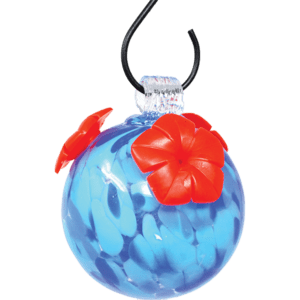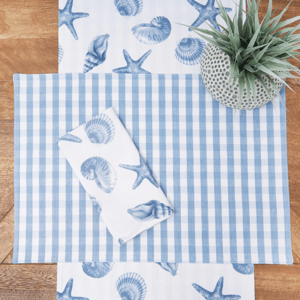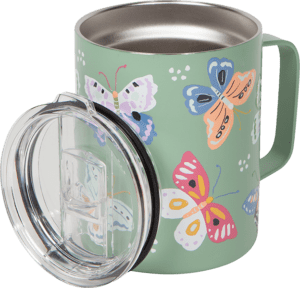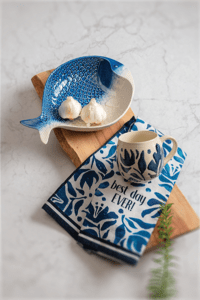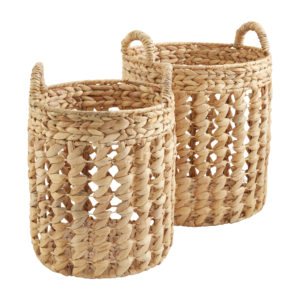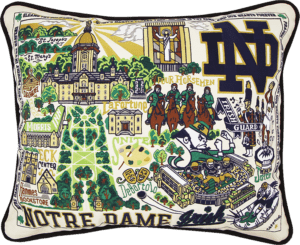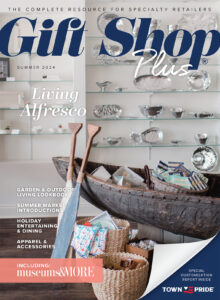Meet the Maker: Honey House Naturals
Ruth Willis, founder of Honey House Naturals, opened her business after years of working with bees and selling honey at local markets. This 100 percent woman-owned (and about a 95 percent female staff) has grown into a worldwide specialty boutique offering a variety of all-natural products to both men and women.

Honey bees are the key to not only the start of the company, but also to each product created. With its focus on using natural ingredients, being environmentally friendly, and focusing prominently on the “bee” (displayed on its creations and in employee titles), Gift Shop wanted to learn more, so we reached out to Sheryl Mackey, executive assistant (a.k.a “worker bee”).
GS: How did Honey House Naturals get started?
Sheryl Mackey: The story of Honey House Naturals began on a farm near Puget Sound, Washington. Our “Queen Bee” Ruth Willis began keeping bees to enhance the fruit trees in her family’s backyard orchard. Soon, the bees were producing honey, which they sold at the local market. In an effort to help a friend whose hands had become severely dry and cracked, Ruth created a concentrated lotion bar made of pure beeswax and other natural emollients to mend and moisturize broken skin.
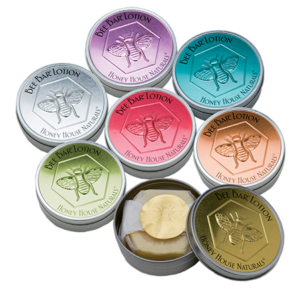
It was simply trial and error until finally she found a formula that really worked. The Bee Bar was born. Now, the Bee Bar, along with Belly Bars, lotion creams, lip butter, Honey Blossom Soap, room mists, candles, and gifts are sold in specialty shops across the United States, Canada, Britain, and Guam — all of them still meeting the same high standards set by Ruth and her very first Bee Bar.
GS: How many employees do you have?
SM: We currently employ 12 women and one man.
GS: Tell us about your range of products.
SM: We make solid lotion bars for hands and feet; rich, thick moisturizing cream for dry skin; triple milled, hand-pressed and gift wrapped soap infused with honey and royal jelly; liquid soap; lip butters, and even room and linen mist.
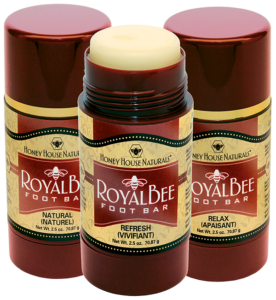
GS: Are there any ideas you’ve had for items which didn’t work as you expected?
SM: Because we search far and wide to find the best natural ingredients for our products, sometimes they become too costly to manufacture. We wanted to make a natural shampoo and conditioner that would far surpass what was currently on the market. We did exactly that, but it became too costly and we had to discontinue them.
GS: What products have been your biggest successes?
SM: Our Bee Bar lotion is still our biggest success because it works so well. It is gift-able, natural and practical. The appeal is timeless. The Lip Butters and Foot Bars are a close second and then our soap.
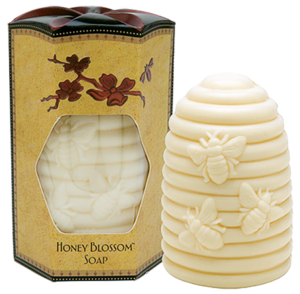
GS: How do you come up with new and creative ideas for products?
SM: We listen to our customers. They are the ones with the ideas and the needs. They usually start with, “I love your products, have you ever thought about making…?” Some of their ideas are doable, and others are too involved or don’t reflect our mission which is to create pure, all-natural products in packaging that is both attractive and ecologically viable. Being a small manufacturer does limit our capabilities sometimes.
GS: Has your creative process or product development process changed since you launched your business? If so, how?
SM: Our creative process really hasn’t changed much over the years. Listening to our customers still seems to work the best. However, our product development has changed simply because we have grown. We have experience and knowledge on what kind of natural materials work best with each other and how to combine them. Where we once worked out of a small garage structure on the property, we now have enlarged that building twice, renovated the “sheep barn” into the “Creamery” and built a massive storage warehouse on the back of the property which also contains our “Soap Room.”
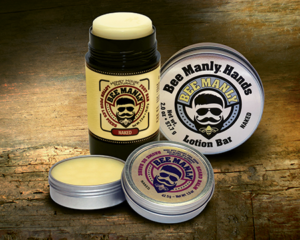
The production equipment alone has been a significant change. We used to just work with a stove and a wax melter. Now we have massive mixing machines, a soap press, and other machines which allow us to manufacture in greater quantities. What was once the house where our Queen Bee and her family lived is now converted into offices and storage as well as the employee break room. With growth comes change.
GS: What is the latest trend with this type of product line?
SM: Honey-based products are still among the most popular and trending skin care items out there. They have proven themselves to be among the most effective and clean methods of moisturizing and mending dry skin — from a man’s rough hands to an infant’s delicate skin. Whether it is high-end or home-made, skin care products based on the natural, rich nourishment from the hive will always be sought after. The only thing that changes is the packaging and presentation


